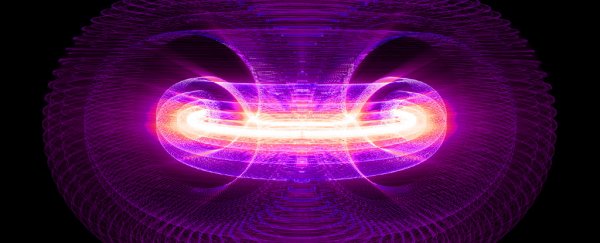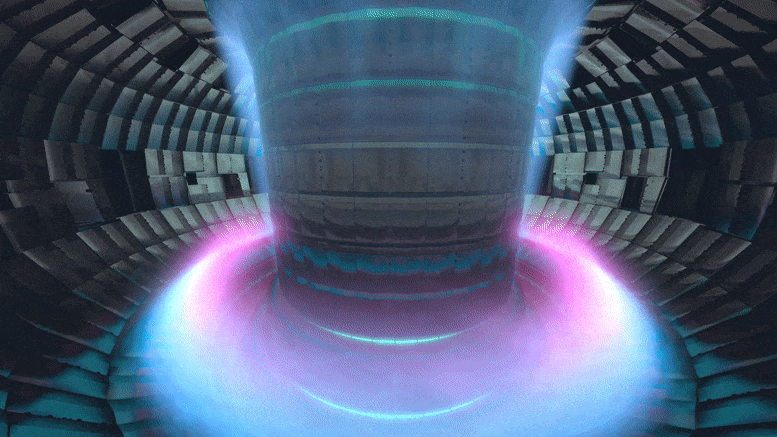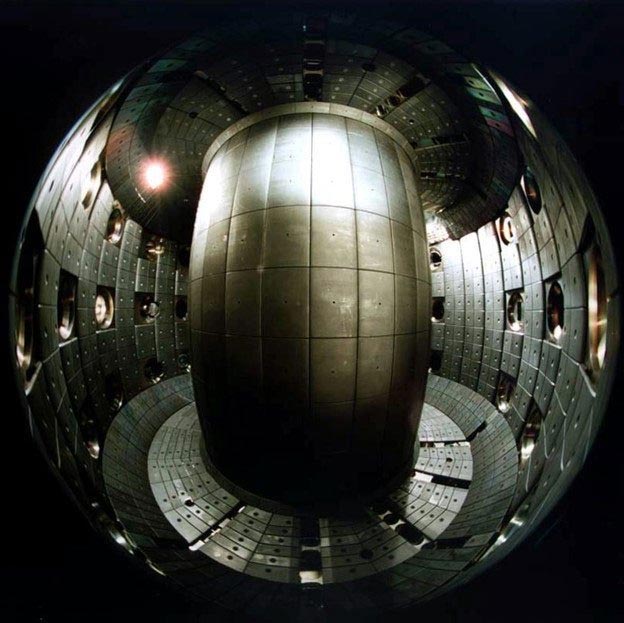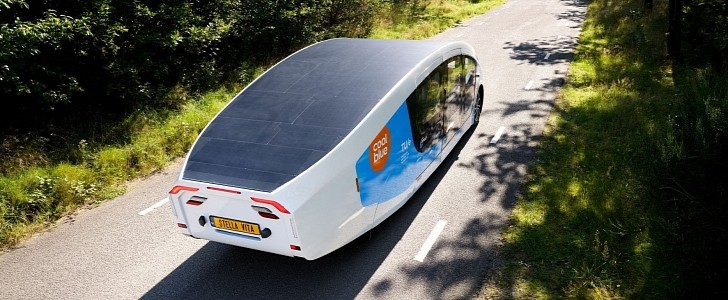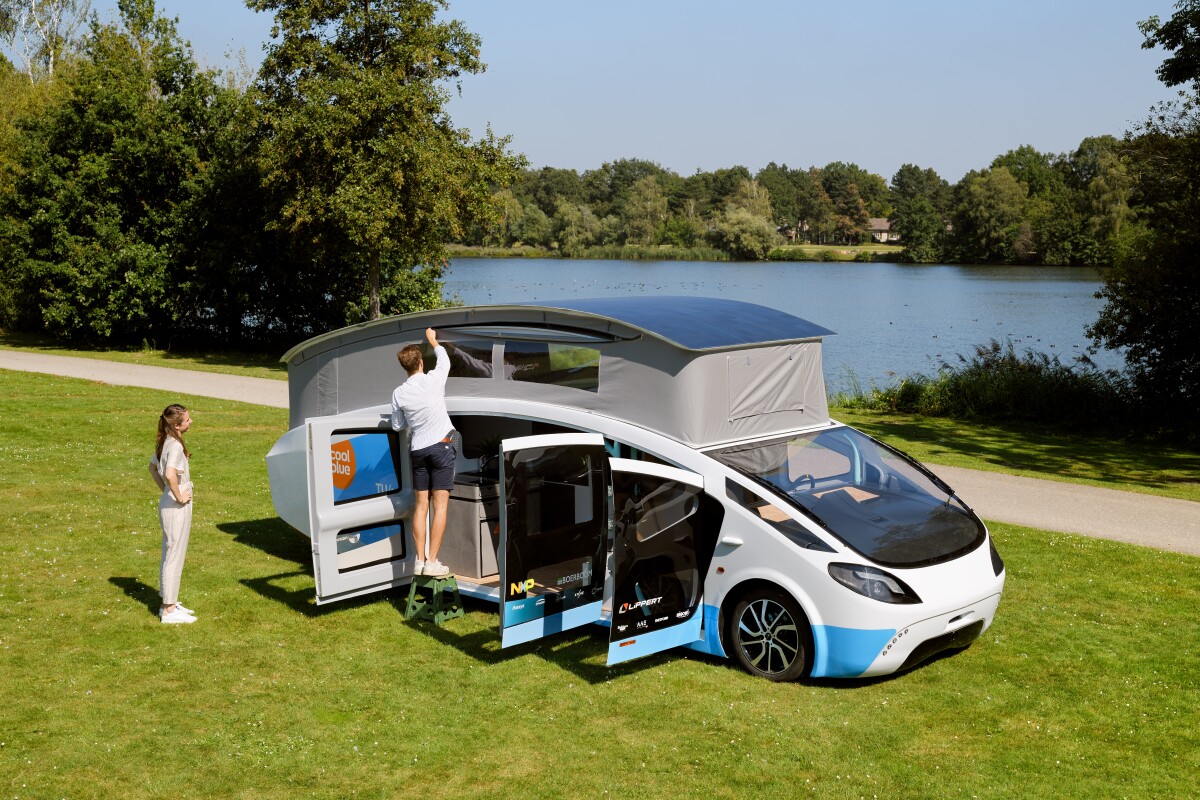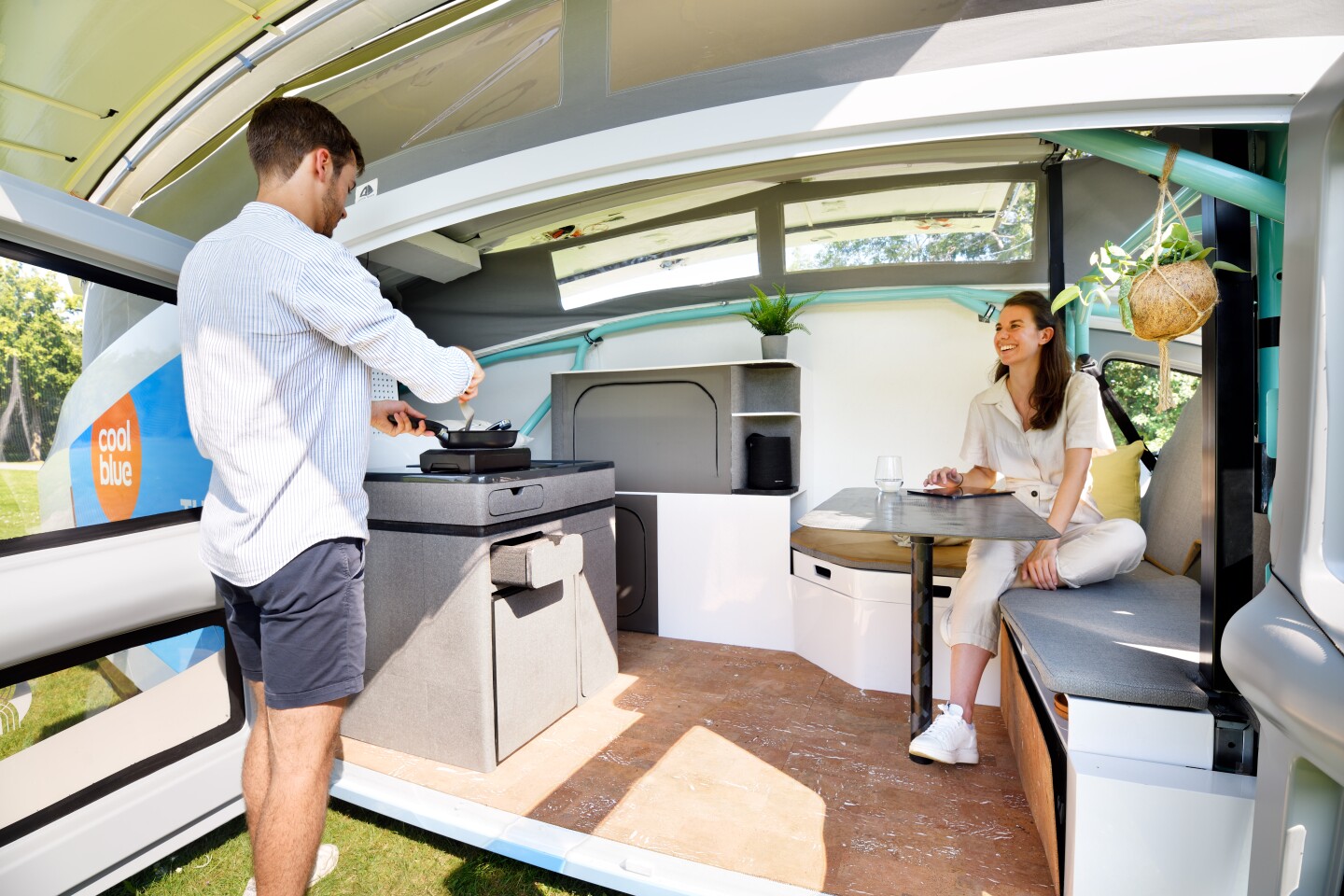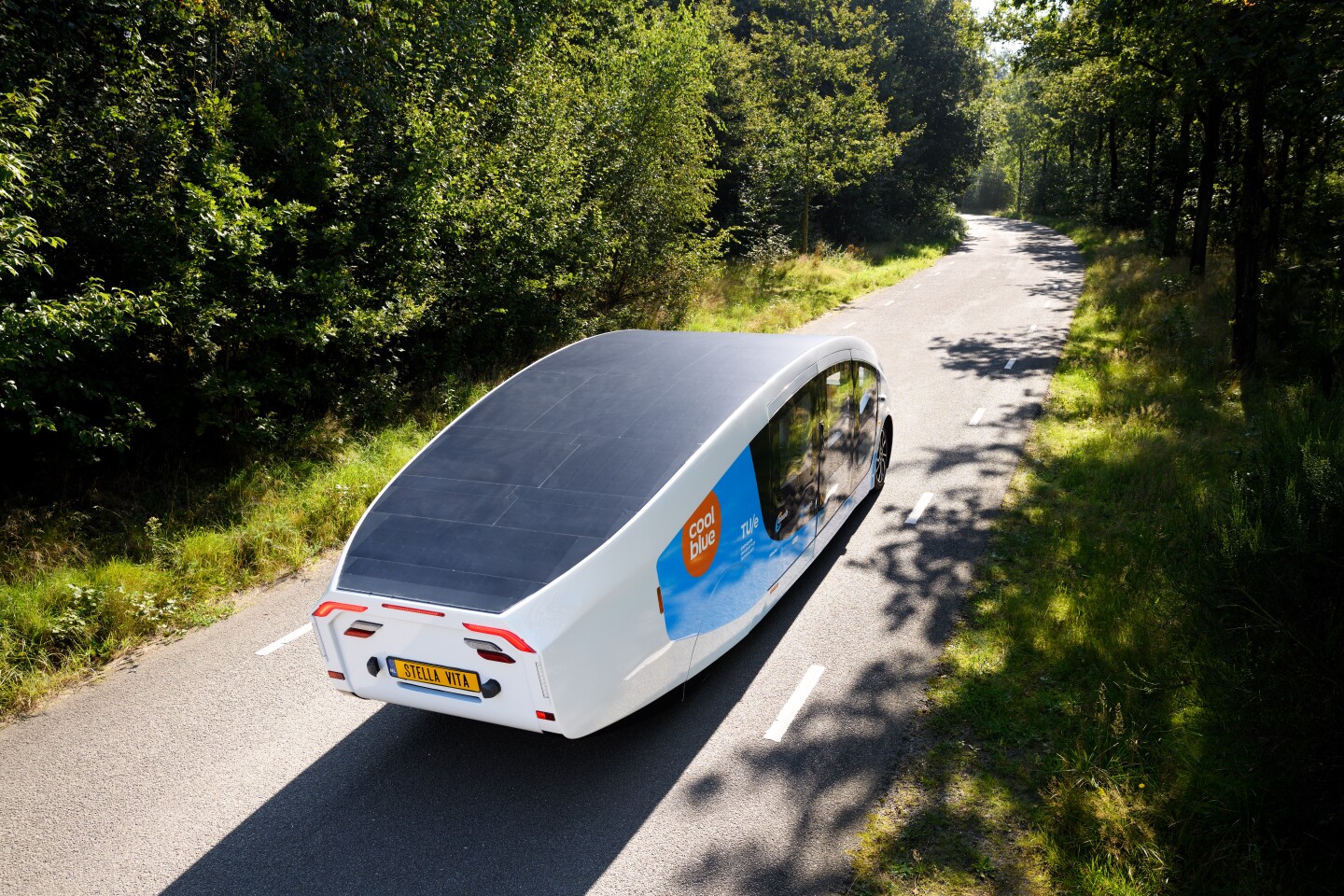
If you’ve had both of your COVID vaccinations, you may have suffered some side-effects – perhaps headaches, fatigue, fever or a sore arm. These effects are mainly caused by your immune system’s reaction to the vaccine. But most scientists agree that there is another cause: the human mind.
The ability of the mind to generate the symptoms of illness is known as the “nocebo” effect. The nocebo effect is the unpopular twin brother of the placebo effect. Whereas the placebo effect alleviates pain and the symptoms of illness, the nocebo effect does the opposite: it generates pain and symptoms.
A 2018 study found that almost half of participants in placebo trials experience side-effects, even though they are taking inert substances. There was a similar finding in the first major trial of the Pfizer COVID vaccine in 2020. In the placebo group – who were not given the vaccine – between a quarter and a third of people reported fatigue, a similar number reported headaches, and around 10% reported muscle pain.
Indeed, Martin Michaelis and Mark Wass, bioscientists at the University of Kent, recently suggested that “for some vaccinated people the knowledge that they have been vaccinated may be sufficient to drive side-effects”.
Get your news from people who know what they’re talking about.Sign up for newsletter
Your brain on placebos
Unlike its unpopular brother, the placebo effect is so well known that it needs little introduction. But in many ways, the placebo effect has become so familiar that it’s easy to forget how strange it really is. It’s bizarre that pain relief and healing can take place without actual treatment. And that powerful positive physiological effects can occur without any real physiological intervention.
Research has shown that a vast array of different conditions benefit from placebos. This includes acne, Crohn’s disease, epilepsy, ulcers, multiple sclerosis, rheumatism, Parkinsons’s disease and colitis. A recent study also found that placebos had a highly significant effect on erectile dysfunction.

Comparisons of placebos to antidepressants suggest that the placebo effect can play an important role in the treatment of depression. A 2008 study found no significant difference between leading antidepressants and placebos. In a 2018 study, antidepressants fared slightly better, but their effect was still only found to be “mostly modest” compared with placebos.
All of this isn’t simply a matter of suggestion or delusion: real and measurable physiological changes occur. Studies have found that, when taken as painkillers, placebos decrease neurological activity related to pain and make use of many of the same neurotransmitters and neural pathways as opioids. Similarly, researchers have found that, when taken by people with Parkinson’s disease, placebos can stimulate the release of dopamine, which reduces the symptoms of the condition.
Mind control and consciousness
Researchers looking into placebos have found that some factors, such as expectancy of treatment, different personality types and the patient-physician relationship, can have some bearing on the effects.
We also know that placebos can activate reward pathways in the brain – and increase levels of opioid and dopamine activity. That said, the underlying causes of the placebo effect are still mysterious.
The brain and the mind
In modern western culture, the mind is usually seen as a byproduct of the brain – a kind of shadow cast by neurological processes. Mental phenomena such as thoughts, memories and feelings are thought to be produced by brain activity.
If we have psychological problems, they are thought to be due to neurological imbalances that can be corrected by medication. But if this assumption is correct, how is it possible for mental processes to influence the body as well as the brain in such a powerful way?
Indeed, the difficulties of explaining consciousness purely in terms of brain processes have grown so acute that some philosophers and scientists have adopted an alternative view: that consciousness is not a direct product of the brain, but a fundamental universal quality – like mass or gravity.
This is something I look at in my recent book, Spiritual Science and it’s a view that has been adopted by some contemporary philosophers – including David Chalmers and Thomas Nagel. Chalmers suggests that consciousness “does not seem to be derivable from physical laws” and believes it could be “considered a fundamental feature, irreducible to anything more basic.” Nagel also suggests that the “mind is not just an afterthought or an accident or add on, but a basic aspect of nature.”
Other scientists and philosophers - such as Christof Koch and Phillip Goff - have adopted similar theories, which suggest that the mind or consciousness is a basic quality of material particles.
These approaches are not yet widely accepted, and would need to gather more evidence to support them. And there are some difficult issues that need to be addressed: for example, if consciousness is a fundamental quality, how does it end up in individual conscious beings such as ourselves? Or, if consciousness exists in particles of matter, how does the consciousness of those particles combine to produce larger conscious entities such as human beings?
More mainstream scientists still hope that a neurological explanation of consciousness will be found, that will help to throw some light on “rogue” phenomena like the nocebo and placebo effects. But taking the philosophical idea of consciousness as fundamental might suggest that the mind is in some way more powerful than the brain and the body, and so could influence the latter in a profound way – and it might help explain one day why placebo pills can bring about real physiological and neurological changes in many people.
Senior Lecturer in Psychology, Leeds Beckett University

Leeds Beckett University provides funding as a member of The Conversation UK.





